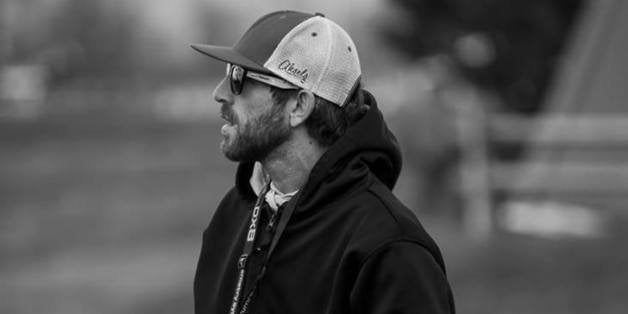
Last fall, a Brooklyn man was arrested after his drone struck two Manhattan skyscrapers and crashed 20 feet away from a pedestrian.
In April, an Ohio man was arrested while filming the scene of a car crash because his drone blocked a medical helicopter from landing, police say.
And on Monday, two men were arrested in New York City on charges of flying a drone too close to a police helicopter.
As drones have gone from military weapons to recreational toys -- even Martha Stewart is a fan -- several hobbyists have found themselves in handcuffs, charged with recklessly flying unmanned vehicles near aircraft or crowds of people.
The arrests reflect both the growing popularity of recreational drones and the confusion over what rules, if any, their pilots must follow, said Michael Toscano, president of the Association for Unmanned Vehicle Systems International, a drone industry trade group.
“It’s the Wild, Wild West right now,” Toscano said. "You could go right now and buy one of these things and start flying it without having any proper training or know what's legal or not legal."
The Federal Aviation Administration estimates about 7,500 drones will be flying across the sky for commercial use by 2018. The agency plans to issue rules by the end of this year governing the flight of drones weighing less than 55 pounds. In the meantime, the FAA says it advises drone hobbyists to follow the same rules as operators of other model aircraft.
That means no flying higher than 400 feet or within five miles of an airport without special permission. Drone operators who ignore the rules have been arrested and fined as much as $10,000.
Last month, the agency restated those guidelines after what it said were “recent incidents involving the reckless use of unmanned model aircraft near airports and involving large crowds of people.”
But some drone pilots have successfully argued they don’t have to follow the FAA's rules. In March, a judge dismissed a $10,000 fine against a videographer who was accused of recklessly flying a drone with a camera around the University of Virginia campus, ruling the agency did not have authority over civilian drones.
The FAA appealed the judge’s ruling to the National Transportation Safety Board. Toscano said the outcome of the case will set the first legal precedent on the civilian use of unmanned aircraft.
Drones are growing in popularity for several reasons. For one, their prices have dropped. You can now buy one on Amazon for as little as $300. One drone, which is made by a company called Parrot and looks like a giant spider, can be controlled by smartphone or tablet and comes equipped with a high-definition camera.
Drones have also been catching on among hobbyists because they are easier to use, according to Brendan Schulman, an attorney who represents drone pilots who face FAA fines.
“You just buy them and they’re ready to fly right out of the box without any technical expertise or training,” he said. Many come with high-definition cameras that “have increased the cool factor,” Schulman said.
“Now you have people who can take these amazing videos,” he added. “It’s turning into more of a photography hobby.”
But recreational drones are also causing problems in the sky and on the ground. Over the past two years, pilots have reported 15 close calls with small drones near airports, according to the Washington Post. Smaller drones often don’t show up on air traffic controllers' radar screens or on collision avoidance system installed on planes, the newspaper found.
Earlier this year, a drone filming a triathlon in Australia fell from the sky, striking a runner in the head and sending her to the hospital. Last August, a drone crashed into the stands at Virginia Motorsports Park, causing minor injuries to several spectators.
In April, Kele Stanley was flying his drone over a car crash scene in Ohio, hoping to give the footage to a local TV station to bring more exposure to his film company.
But police say Stanley ignored their orders to land his drone to make way for a medical helicopter that was going to transport an injured driver. He was charged with a felony for obstructing official business and misdemeanor charges of misconduct at an emergency and disorderly conduct.
In an interview, Stanley, a 31-year-old who also works as a copy-machine repairman, said police never mentioned to him that a medical helicopter was on its way before they arrested him.
“Had I been told that, I definitely would have brought it down,” he told HuffPost.
The Clark County Sheriff’s office in Ohio did not respond to a request for comment.
Stanley said he understands that drones can pose dangers to aircraft or cause privacy concerns, but said he needs his drone, a hexacopter that cost him about $2,000, to set himself apart as a videographer.
“I’m not some pervert trying to stare into somebody’s window,” Stanley said. “I’m just out there to get a professional video shot.”